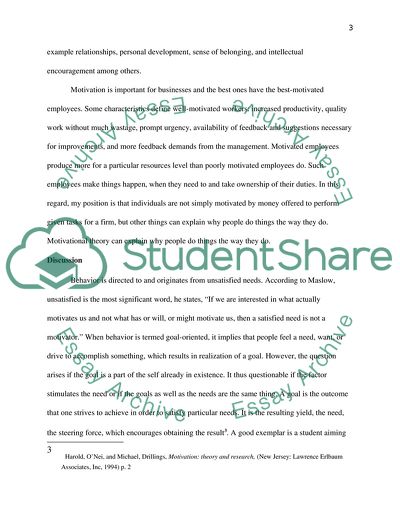Cite this document
(Human Motivation in Organization Essay Example | Topics and Well Written Essays - 1750 words - 1, n.d.)
Human Motivation in Organization Essay Example | Topics and Well Written Essays - 1750 words - 1. https://studentshare.org/psychology/1779682-human-motivation-in-organization
Human Motivation in Organization Essay Example | Topics and Well Written Essays - 1750 words - 1. https://studentshare.org/psychology/1779682-human-motivation-in-organization
(Human Motivation in Organization Essay Example | Topics and Well Written Essays - 1750 Words - 1)
Human Motivation in Organization Essay Example | Topics and Well Written Essays - 1750 Words - 1. https://studentshare.org/psychology/1779682-human-motivation-in-organization.
Human Motivation in Organization Essay Example | Topics and Well Written Essays - 1750 Words - 1. https://studentshare.org/psychology/1779682-human-motivation-in-organization.
“Human Motivation in Organization Essay Example | Topics and Well Written Essays - 1750 Words - 1”. https://studentshare.org/psychology/1779682-human-motivation-in-organization.


